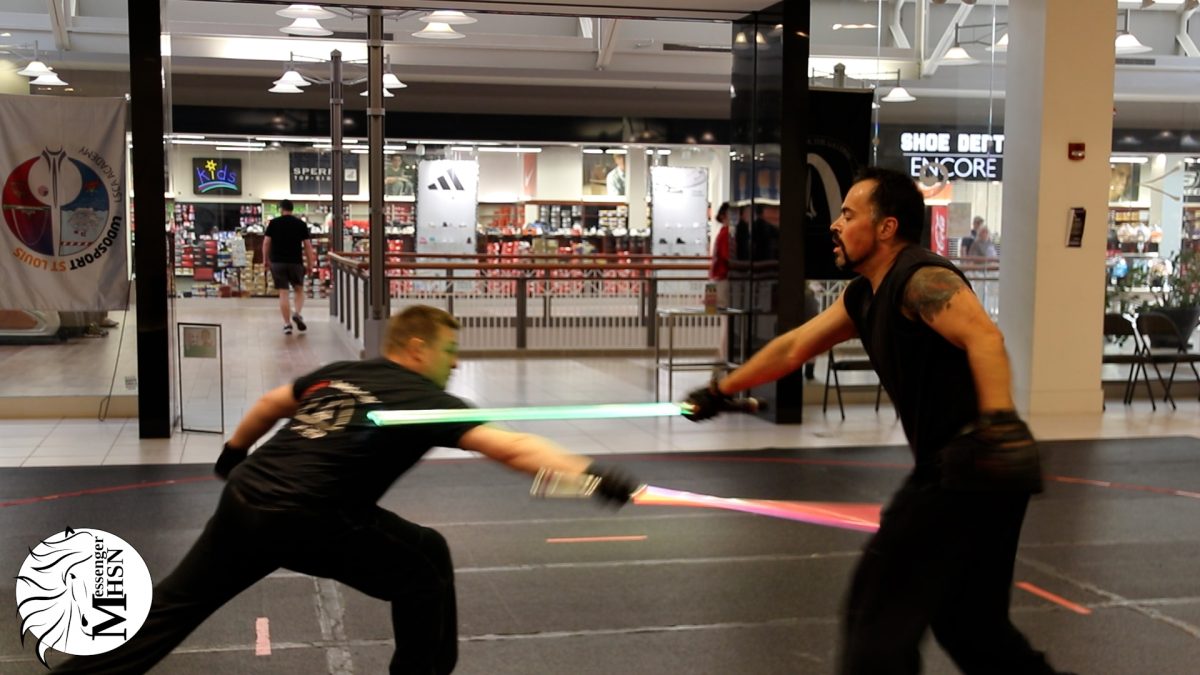A notification pings a student’s phone with a reminder to complete their daily lesson on the popular language learning app Duolingo. The student swipes it up, ignoring it. Another one comes an hour later, a steady reminder of your jeopardized streak.
Going onto TikTok as a break from the day, the student sees a dancing green bird interacting with Dua Lipa, compelling users to download the app.
Through its social media platforms, Duolingo entices downloads with promises of crossing international language barriers, but its gamification has U-High students questioning whether the app is helping them learn a language or if it’s really just a game.
Duolingo has used an easy, free marketing strategy to gain popularity: TikTok. By creating a quirky presence on social media for the app’s mascot, a green owl named Duo, Duolingo’s brand was created.
“I think Duolingo’s social media presence has endeared people to the platform, especially younger users,” Ana Grieve, a senior, said. “I also think that by making sillier content they have been able to remain relevant which has probably added to their user base.”
Even though there was a spike in downloads after the mascot became a familiar presence for many on TikTok, U-High students also have different reasons for using the app.
Junior Maya Pytel, who has a streak of 843 days — 27.7 months or 2.3 years — started using Duolingo in 2021 to connect with her grandparents more.
“I spoke Polish with them as a child but less as I was growing up, so I’ve kinda forgotten it a bit,” Maya said, “The reason I use Duolingo is so I can communicate with my grandparents better and get to know them and their personalities a bit better, which is an opportunity that I am very lucky to have.”
Jashan Gill, a junior, uses Duolingo for the same reason as Maya, to communicate with his family. But for Jashan, the gamification elements cause him to put his learning Hindi on the back burner and just focus on keeping his 572-day streak.
“With Duolingo, I think the issue sometimes is gamification,” Jashan said. “It certainly helps you with motivation and stuff, but then also what I’ve gotten to know is I’m just keeping up my streak and not learning so much. I’m not really learning anything. I’m just keeping it up.”
Ana speaks English, Spanish and Mandarin but started using Duo Lingo in May to learn Portuguese. She’s accumulated a streak of 119 days. Since she already had a foundation in Spanish, she thought learning Portuguese was a reachable goal.
“I kinda wanted to challenge myself to see if I could learn a language by myself,” Ana said. “Portuguese is really similar to Spanish, and it seems like it would be very easy to pick up ”
Ana enjoys the game-like aspects of Duolingo but finds that it isn’t effective for learning and doesn’t make up for the app’s lack of challenge.
“I think the streak aspect does help a lot because it’s so motivational,” Ana said. “I think the fact that it’s so, like, bright colors and fun shapes and stuff, like, that kinda game-like does help a lot with making me want to do it. But in some ways, because it’s not as challenging as it should be because they want you to keep coming back, it can be hard to get a real education experience out of that.”
Maya finds that learning from Duolingo provided her a good opportunity to understand the basics of Polish, but to effectively learn the language, practicing in actual conversation is a better tool.
“I think Duolingo has certain aspects that make it good. Like, learning vocabulary can be very useful,” Maya said. “But I think that grammar structures I don’t learn very effectively on Duolingo, and it’s more through conversation and error that I learn those things.”
Although Duolingo has been helpful in learning, Maya doesn’t find a need to continue the program. The thing calling her back to the app isn’t the new language she’s learning but the streak she wants to keep growing.
“If I lost my streak,” Maya said, “I would definitely not be doing Duolingo.”
This story was originally published on U-High Midway on November 10, 2023.



































